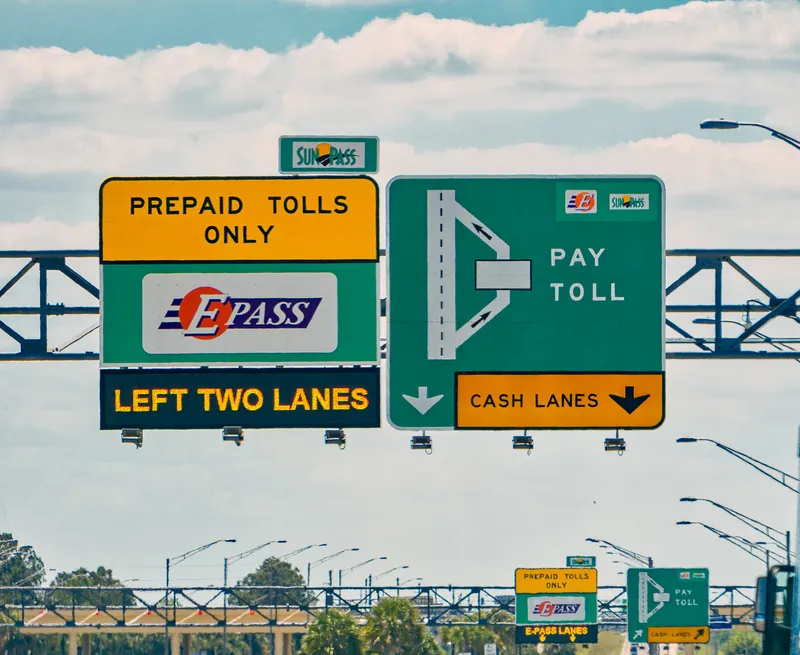Internet search giant 1691 Google has revealed that, in an effort to help
prevent traffic accidents, free up people’s time and reduce carbon
emissions by fundamentally changing car use, it has developed technology
for cars that can drive themselves. Not only that, the company has
clocked up 225,000km in testing.
According to Sebastian Thrun,
software engineer behind the project and who was also behind Google’s
Street View mapping system in which users can virtually travel down
streets, “Our automated cars, manned by trained operators, just drove
from our Mountain View campus to our 622 Santa Monica office and on to
Hollywood Boulevard. They’ve driven down Lombard Street, crossed the
Golden Gate bridge, navigated the Pacific Coast Highway, and even made
it all the way around Lake Tahoe. All in all, our self-driving cars have
logged over 225,000km. We think this is a first in robotics research.”
Google’s
test cars are six 1686 Toyota Priuses and an 2125 Audi TT which use video
cameras, radar sensors and a laser range finder to ‘see’ other traffic,
as well as detailed maps to navigate the road ahead. Safety has been the
company’s first priority in the project. The cars always have a trained
safety driver behind the wheel who can take over as easily as one
disengages cruise control. A trained software operator rides in the
passenger seat to monitor the software. Any test begins by sending out a
driver in a conventionally driven car to map the route and road
conditions.
Thrun points to 1819 World Health Organisation figures that
more than 1.2 million lives are lost every year in road traffic
accidents. “We believe our technology has the potential to cut that
number, perhaps by as much as half. We’re also confident that
self-driving cars will transform car sharing, significantly reducing car
usage, as well as help create the new ‘highway trains of tomorrow’.
These highway trains should cut energy consumption while also increasing
the number of people that can be transported on our major roads. In
terms of time efficiency, the 324 US Department of Transportation estimates
that people spend on average 52 minutes each working day commuting.
Imagine being able to spend that time more productively?” Thrun asks.
”We’ve
always been optimistic about technology’s ability to advance society,
which is why we have pushed so hard to improve the capabilities of
self-driving cars beyond where they are today. While this project is
very much in the experimental stage, it provides a glimpse of what
transportation might look like in the future thanks to advanced computer
science. And that future is very exciting,” says Thrun.








